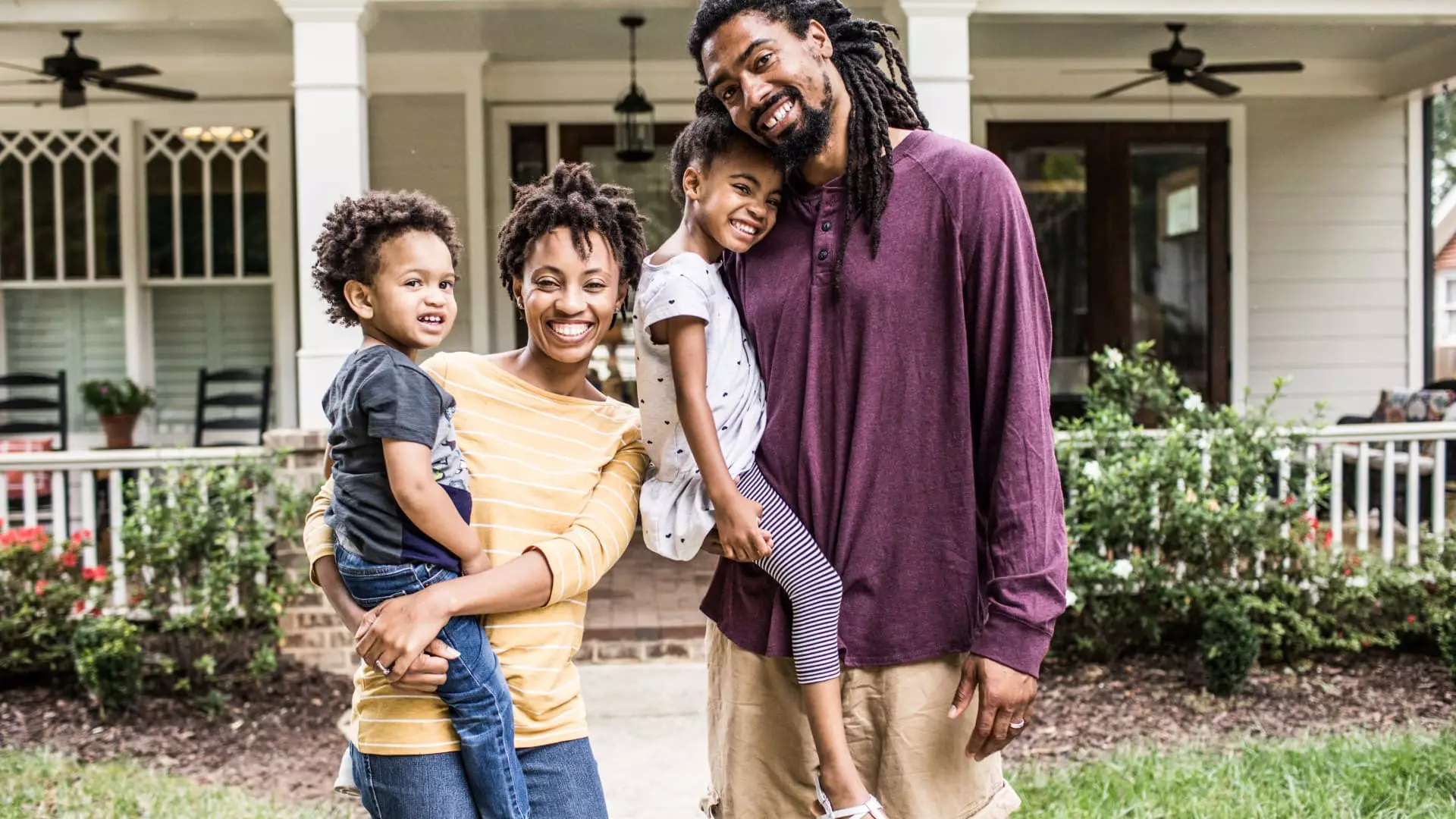Homeownership has historically been regarded as a cornerstone of the American Dream, symbolizing financial security, stability, and community. However, this ideal is increasingly elusive, particularly for younger generations and first-time buyers. A confluence of surging housing prices, static wages, and restrictive lending terms is setting the stage for a crisis that threatens to undermine the very foundations of the American Dream. In response to this pressing issue, it is crucial to explore innovative solutions, such as introducing a 40-year mortgage solution that operates within a framework supported by the Federal Home Loan Bank (FHLB) system. Coupling this extended mortgage term with federal subsidies aimed at enhancing financial literacy could substantially transform the housing market, making homeownership attainable for a broader demographic while spurring sustainable economic growth.
Understanding the Limitations of the 30-Year Standard
The 30-year mortgage has long been viewed as the gold standard in home financing, providing a delicate balance between manageable monthly payments and a concise repayment timeline. However, as housing affordability diminishes, particularly in major urban areas where competition for housing is fierce, the 30-year option is no longer sufficient for many prospective homeowners. The introduction of a 40-year mortgage could alleviate monthly financial burdens, enabling first-time buyers to enter the housing market without overstretching their finances.
Extending the mortgage term allows for a reduction in monthly payments, which can be a game-changer for families facing financial stress. Moreover, with life expectancy now hovering around 80 years, a longer repayment period makes practical sense; it aligns more closely with current economic realities than did its shorter predecessor, which was conceived during the Great Depression when life expectancies were significantly lower.
Critics may raise concerns about the increased total interest paid over a longer mortgage term. Yet, this financial strain is often a trade-off, as the alternative—renting—does little to build equity and only entrenches families in cycles of economic vulnerability. A 40-year mortgage could empower families to start building their wealth sooner, ultimately contributing to long-term economic stability and upholding the essential tenets of the American Dream.
The Federal Home Loan Bank system offers a unique opportunity to facilitate this proposed 40-year mortgage initiative. By utilizing this government-sponsored enterprise’s extensive network of regional banks, the program can swiftly gain traction on a nationwide scale. The stability and backing of the FHLB provide a solid foundation on which this new mortgage structure can thrive, ensuring that diverse community needs—from urban centers to rural areas—are effectively addressed.
Incorporating federal subsidies for first-time homeowners who complete certified financial literacy training would further enhance this proposal. Targeted subsidies—capped at $350,000 for rural areas and $1 million for urban markets—would reflect the varying costs of homeownership while simultaneously promoting responsible financial practices. By requiring financial literacy training, we can prepare new homeowners to make informed decisions that mitigate the risks associated with borrowing.
Increasing access to homeownership goes beyond individual financial health; it generates a wider economic ripple effect. New homeowners are likely to invest in their residences and communities, stimulating demand for local goods and services, which in turn fuels job creation and contributes positively to the GDP. Furthermore, strong communities fostered by higher rates of home ownership contribute to lower crime rates and better schools, creating safer, more vibrant neighborhoods that ultimately attract businesses and enhance property values.
Moreover, this approach addresses pressing social justice issues. With homeownership rates substantially lower among marginalized communities—like African Americans—compared to their white counterparts, a concerted effort to bridge this gap is essential for both economic and social equity. Making homeownership accessible to historically underserved populations levels the playing field and propels progress toward a more just society.
Igniting Sustainable Economic Growth Through Homeownership
The emphasis on a 40-year mortgage structure, combined with the backing of the FHLB and a commitment to financial literacy, represents a powerful mechanism for facilitating greater homeownership across the nation. Such an approach not only aligns with the goal of fostering economic growth but also addresses the root causes of wealth inequality. By ensuring homeownership remains a reachable goal for all Americans, we solidify the foundation for a resilient and growth-oriented economy.
This proposal encourages responsible borrowing, helping to avert crises akin to the 2008 housing downturn. As we contemplate reimagining homeownership, we must acknowledge financial literacy as a vital civil rights issue of our era—a necessary step toward inclusive prosperity and an enduring American Dream. We stand on the brink of a transformative opportunity; it is time to take decisive action and work to realize the vision of homeownership for all.


Leave a Reply